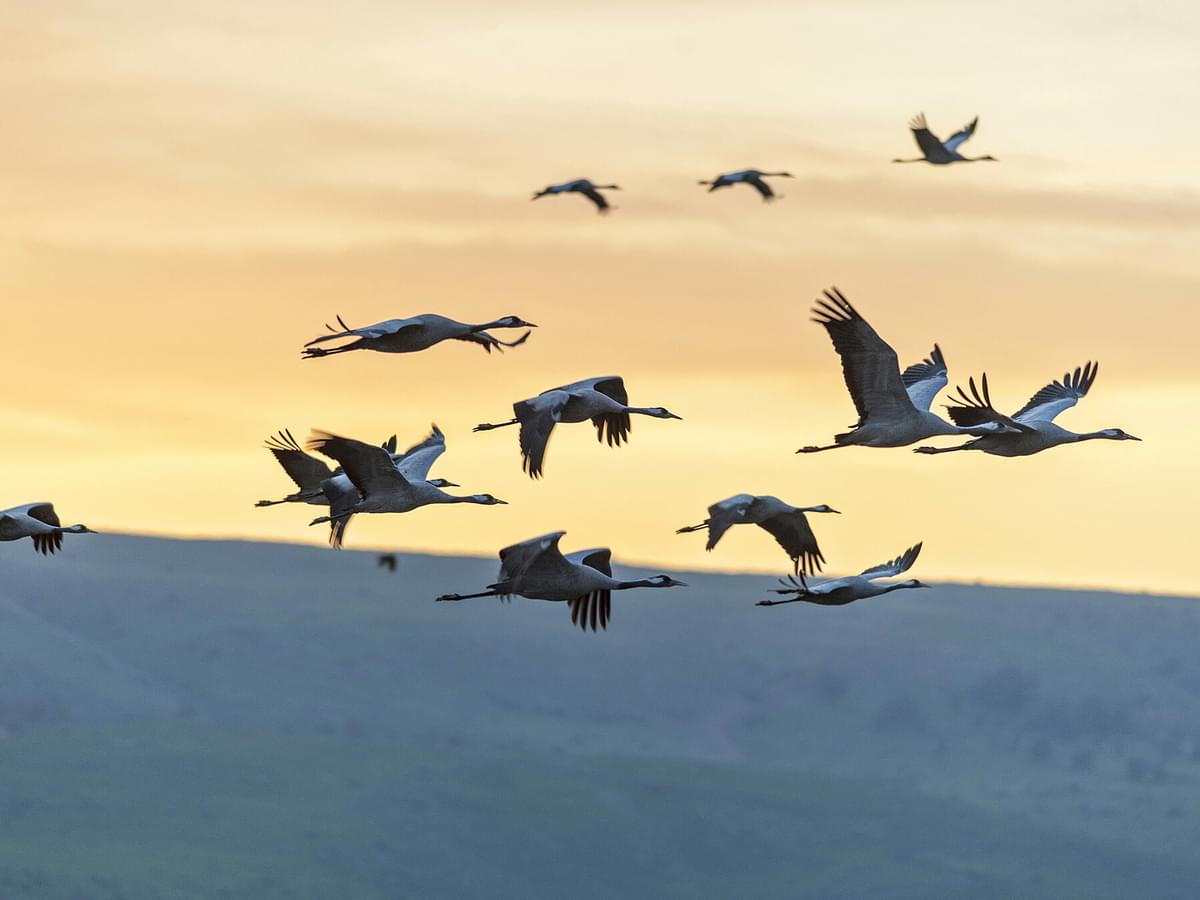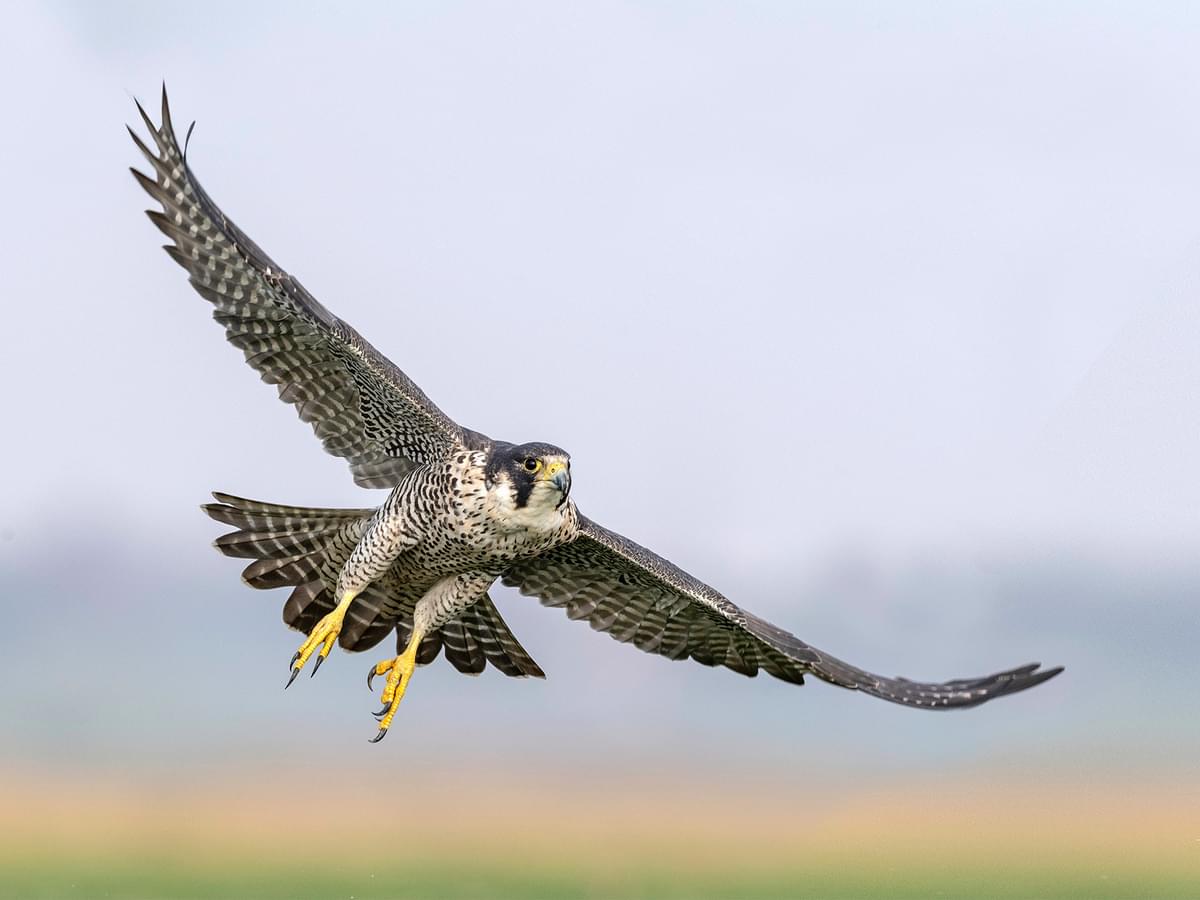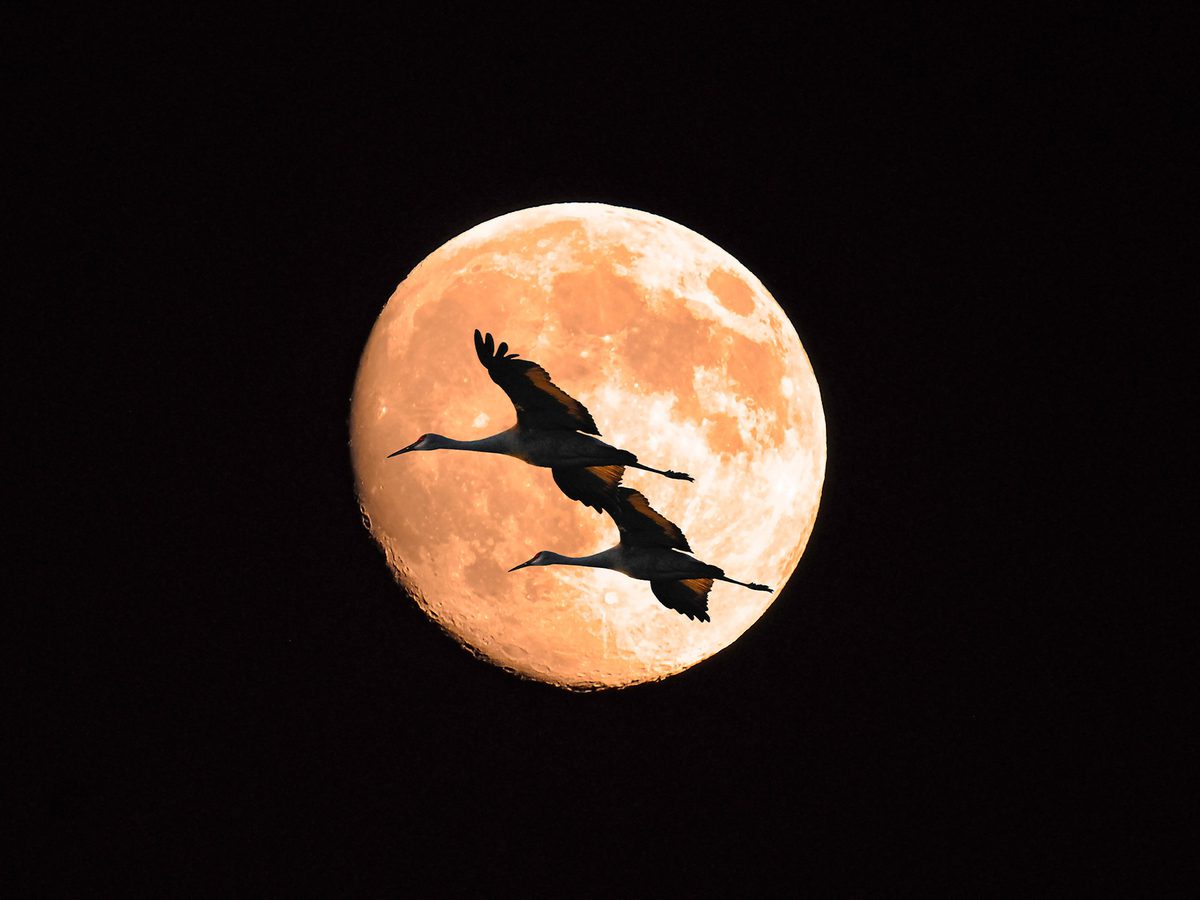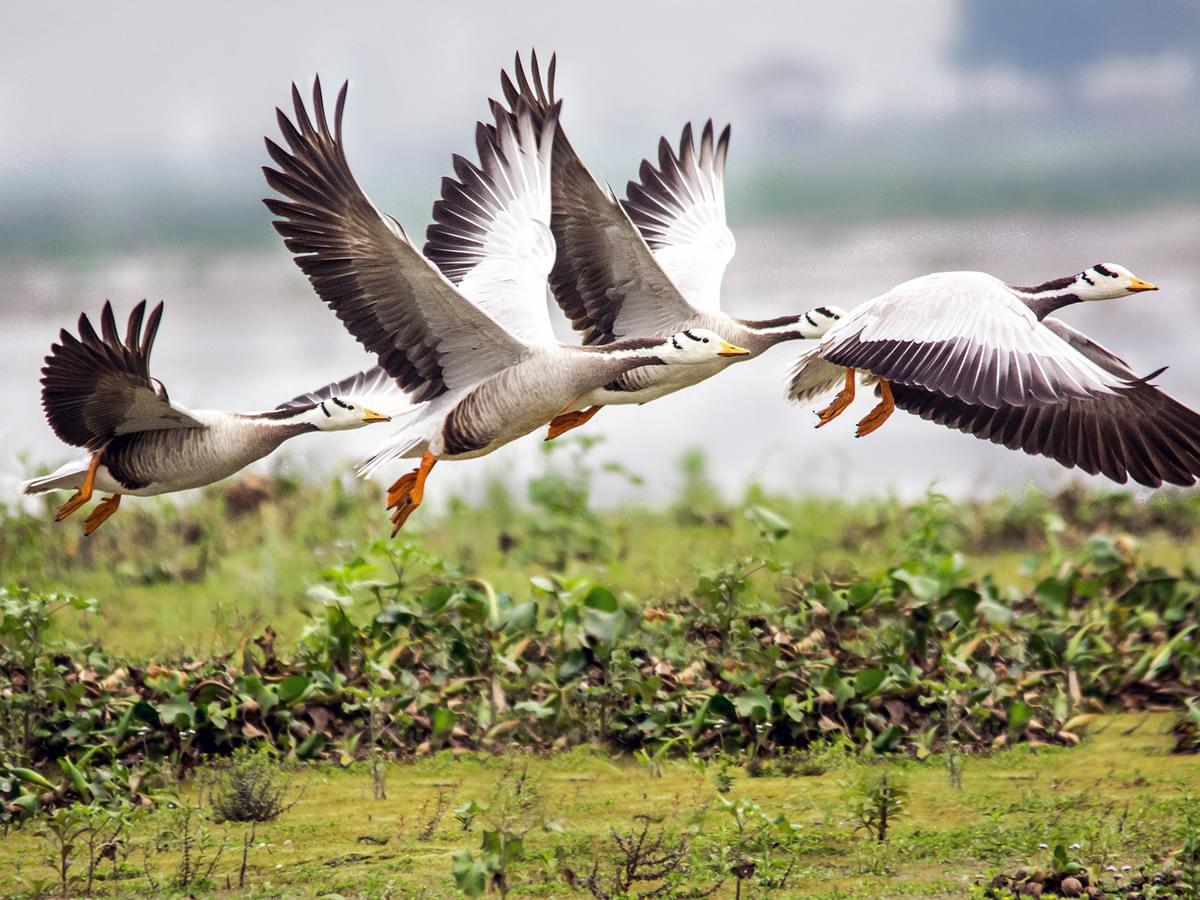Migration
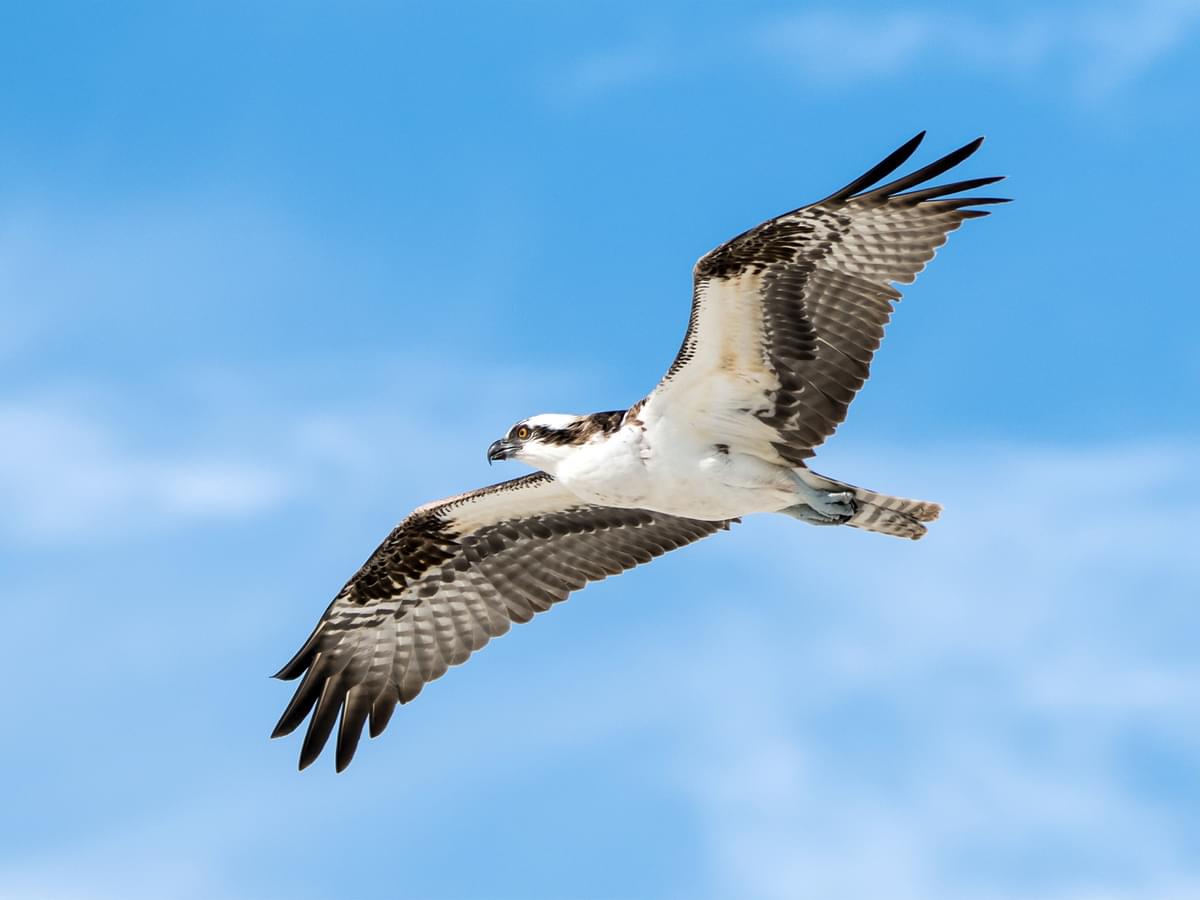
Overview of Bird Migration
Have you ever looked up at a flying bird and marveled at its freedom to travel so easily? Flight is an incredibly efficient method for moving over long distances, and birds use this special ability in some remarkable ways.
The Earth is in constant motion relative to the sun, not only in the 24-hour period of each day but also over the 365 days of the year. Seasons change constantly, and the effect becomes more and more dramatic the further you go from the equator.
Birds have evolved to move with these seasons, allowing them to enjoy favorable feeding and nesting conditions in the spring and summer but leave the area before winter sets in. This simplified definition is the essence of bird migration.
In this guide, we’ll dive a little deeper into the fascinating world of bird migration. Read along for a better understanding of this natural marvel!
The Marvel of Bird Migration
It’s hard not to be impressed by bird migration. Most people rarely move more than a few miles under their own steam, and even navigating a large shopping mall can be a challenge. How then do birds that weigh just a fraction of an ounce travel thousands of miles each year and return to the same point on the map?
More than just a great party trick, bird migration highlights the interconnectedness of the world’s ecosystems and the necessity of teamwork between nations.
Protecting birds and their habitats in one region may be of little help if their breeding areas or overwintering grounds on the other side of the Earth are not conserved.

The Rufous Hummingbird (pictured) has one of the farthest migratory routes of any bird species traveling nearly 4,000 miles
Understanding Bird Migration
Why Birds Migrate
Birds have evolved complex behaviors and life strategies to survive, and migration is essential to many species. The primary reason for migration is food availability.
Food resources are most abundant in the spring and summer when longer days and brighter sunshine cause ice and snow to melt, plants to grow and flower, and dormant insects to emerge and reproduce. This chain of events changes inhospitable environments into ideal places for birds to live and nest.
Once spring has ended and summer has changed into fall, some birds cross the equator for the non-breeding season to avoid the winter altogether. However, many simply move closer to the tropics, where winter is milder and food is still available.
Continue reading
Physiological Adaptations for Migration
Birds know when it’s time to begin their migration, although the exact cue is not fully understood. It could be decreasing day length or the reduced temperatures and food availability that come with changing seasons.
Each species has its own migratory behaviors, although their timing and routes may be very similar. Some birds can eat on the wing or store enough fat to complete their migration in a single non-stop flight, while others have a protracted migration and frequently stop along the way or take a wandering, indirect route.

Pictured: A small flock of American White Pelicans flying in a 'V' formation
Patterns and Routes of Migration
Migration Patterns
Birds make latitudinal (north/south), longitudinal (east/west), or altitudinal (high/low) migrations to reach their breeding and overwintering grounds.
Latitudinal migration is most common, where birds head to low latitudes near the equator for winter and back towards the poles for summer.
Examples of latitudinal migrants:
Some birds cross the equator to visit similar latitudes in the Northern and Southern hemispheres each year. These birds can cover incredible distances and include the longest-distance migrants in the animal kingdom.
Examples of long-distance migrants:
Altitudinal migrants visit high-altitude habitats in the winter but retreat to low elevations or coastal areas for the winter. They may move in any direction depending on habitat suitability.
Examples of altitudinal bird migrants:
- Willow Ptarmigan
- Dippers

The Peregrine Falcon (pictured) is a long-distance migrant and spends several hours each day in-flight while on migration
Flyways and Routes
Migrating birds face many obstacles along the way, so choosing the right route can be very important. They tend to avoid crossing wide expanses of open ocean, deserts, high mountain ranges, or other features that pose a risk. However, this is not always possible or practical.
Birds migrating from the United Kingdom to Africa, for example, must cross the Mediterranean Sea and the Sahara Desert, and species migrating from the northeast of South America to the United States must cross the Caribbean Sea if they are to take the most direct route.
Certain routes stand out as the safest and most reliable, and these are known as flyways. There are four major migratory pathways in North America that lead from Central and South America to the interior of the United States, Canada, and Alaska. Listed from west to east, these are the Pacific, Central, Mississippi, and Atlantic Flyways.

Pictured: A Willow Warbler. During migration, this small bird travels in excess of 8,000 km (5,000 miles) across deserts, mountains and seas
Navigation and Orientation
Tools of Navigation
Birds use various senses to navigate while migrating. Eyesight is important for identifying landmarks, but also for navigating by celestial bodies like the sun and the stars. These beacons move in relation to the Earth, so birds must be able to compensate for this as the day or night progresses.
Birds can also detect the Earth’s magnetic fields that run between the north and south poles. Amazingly, some birds are thought to see these magnetic fields using special proteins in their eyes.
Birds can also follow their noses, and research on some seabirds indicates that smell is important for offshore navigation when no landmarks are visible.
Orientation Strategies
Some birds migrate along narrow pathways, which is often the case for large birds that use air currents and thermals along mountain ranges to save energy. Others migrate over a much wider front. Depending on their species, birds may or may not use the same route on their spring and fall/autumn flights.
Birds like Geese make their first migrations as a family, and the young birds may learn much from their experienced parents. However, many species migrate alone, suggesting they must have an instinctual knowledge of where to go for the winter and which direction to travel in.
They have great memories, too, and many birds show high fidelity to their breeding and overwintering grounds, returning to the same areas year after year.
Returning to the same locations hundreds or thousands of miles apart isn’t only a matter of flying in a specific direction. Birds may use their fine-tuned navigational senses to adjust their course.
This has been proved by experiments where birds are transported to parts of the world where they have never been and then released, only to return with ease. A similar scenario may play out when powerful storms blow birds off course.

Pictured: A flock of Canada Geese in-flight in natural habitat
Challenges and Conservation
Threats to Migratory Birds
Traveling hundreds or even thousands of miles across oceans, deserts, and other harsh landscapes is dangerous enough, but birds face many other threats along the way. Let’s take a look at some of their major challenges.
Natural threats:
- Extreme weather events like hurricanes, hail, and cold snaps
- Predation by birds of prey and many other animals
- Fatigue can be especially deadly when crossing water bodies
Anthropogenic threats:
- Habitat destruction anywhere in their range or migratory path
- Climate change and its associated effects on habitats
- Hunting and trapping, particularly at known stopover sites
- Collisions with windows, buildings, and other infrastructure can be particularly deadly for birds that migrate at night

The Willow Ptarmigan is an altitudinal migrant. They visit high-altitude habitats in the winter but retreat to low elevations or coastal areas for the winter
Conservation Efforts
Birds don’t care much about political boundaries, so countries must work together to conserve them and their habitats. Nesting birds are particularly vulnerable to destruction in some cases, but birds also have key stopover sights and staging areas that need careful protection.
Fortunately, there are some fine examples of conventions and acts for the protection of migratory birds, including:
- Convention on the Conservation of Migratory Species of Wild Animals - Multilateral
- Migratory Bird Treaty Act - United States of America
- Convention for the Protection of Migratory Birds and Game Animals - Mexico
- Migratory Birds Convention Act - Canada
- Conservation of Migratory Birds and their Environment - Soviet Union/Russia
Monitoring bird migration is a big part of their study, and researchers do this partly through a simple technique known as banding/ringing. Wild birds are caught in special nets or traps and have lightweight, numbered rings attached to their legs. Banders collect data about each bird, such as its sex, weight, age, location, and date it was captured.
These data are useful on their own, but they can also be compared the next time the bird is caught to build a clearer picture of bird migratory behaviors. This information is instrumental for formulating conservation and management strategies.

Arctic Terns (pictured) usually migrate at heights of between 1,000 and 3,000 meters and flight speeds of up to 55 km/h (15 m/s)
Summary
From species that descend from peaks to valleys to those that journey from pole to pole, birds are the most mobile creatures on the planet.
The ability to travel long distances to access seasonal resources and avoid the winter chill has allowed avians to occupy parts of the world that are entirely inhospitable for much of the year.
However, many species rely on specific habitats in several countries, which makes their continued existence a matter of shared responsibility.
Further steps
The arrival of migratory birds is an exciting and much-awaited time for birdwatchers all over the world, and seeing species return like clockwork after long journeys is a wonderful experience and an ancient harbinger of changing seasons.
Enjoy the spectacle by watching out for migratory birds in your area this spring and fall/autumn, and don’t forget to celebrate World Migratory Bird Day on the 13th of May and again on the 14th of October!
You can also get involved by rolling up your sleeves and volunteering with local conservation groups and charities or by supporting organizations that work toward safeguarding migrating birds and their habitats.
